Are Roses Toxic to Cats? The Truth About Cats and Roses
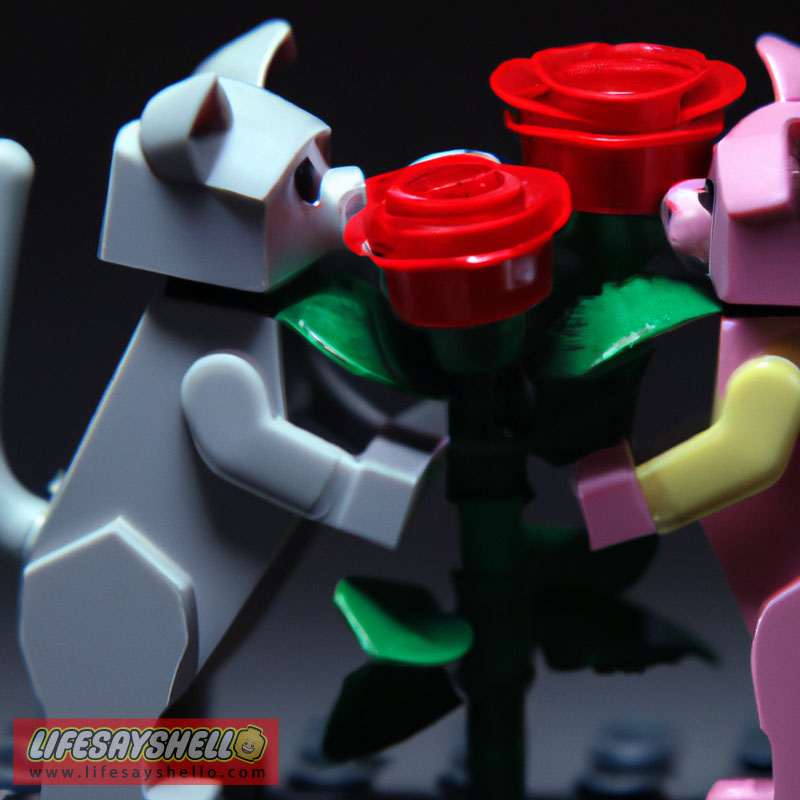
A vase of beautiful roses can brighten up any room. But what if you have a curious kitty at home? Are those roses actually toxic to cats?
It’s a common question for cat owners. After all, we know cats can get into all sorts of mischief when we're not looking. If you’ve ever had a cat chew on your houseplants or munch on a leaf, you know how tempting some greenery can be.
So should rose lovers with cats steer clear of these classic flowers? Or is it safe to have roses in a home with felines?
The answer is not quite as simple as a yes or no. Roses themselves are not inherently toxic to cats. However, there are some risks to be aware of if you want to safely have roses around cats.
In this article, we’ll go over:
- Whether roses are poisonous to cats
- The risks roses pose to cats
- Symptoms of plant poisoning in cats
- Common houseplants that are non-toxic and safe for cats
Let’s dig into the details and get to the bottom of roses and their toxicity to cats!
Are Roses Themselves Toxic to Cats?
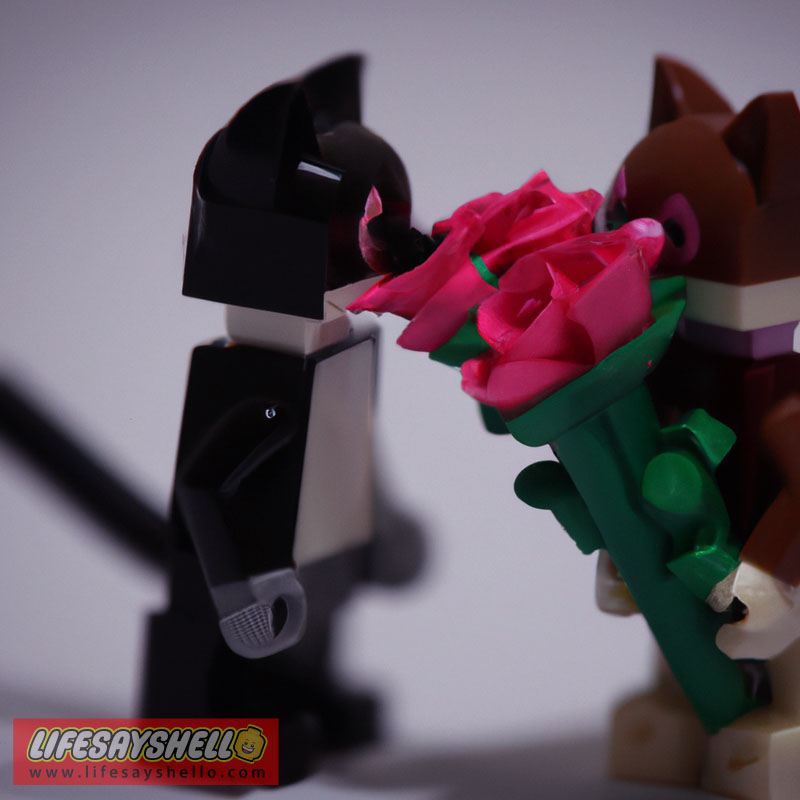
The good news is roses are not poisonous to cats in their natural form without any chemicals. So cats are unlikely to get sick simply from chewing on or ingesting fresh rose petals or leaves.
However, there are some important risks to consider:
Thorny Stems
Rose stems are covered in sharp, pointy thorns. These thorns can pose a danger to curious cats who may try rubbing against or playing with the thorny branches.
Cats that get too close can risk getting scratched or poked by the thorns. At best, this will cause some pain, discomfort, or minor injuries. But at worst, a thorn could become embedded or cause an infection.
To keep cats safe, trim any roses you display in your home to remove excessive thorns. It's also smart to keep vases up high and out of reach of where cats can access them.
Pesticides
Many commercially grown roses have been treated with pesticides and chemicals to keep bugs and diseases away. These pesticides can be toxic to cats if they somehow ingest them.
For example, if a cat chews on a freshly cut rose that still has pesticide residue on it, they could get sick from ingesting the chemicals.
Symptoms of pesticide poisoning in cats include:
- Drooling
- Vomiting
- Diarrhea
- Lethargy
- Tremors
- Seizures
To avoid pesticide exposure, take care to wash any store-bought roses thoroughly before displaying them in your home. Let them air dry completely before putting them in a vase where a cat could access them.
Also, when in doubt, choose organic roses that have not been treated with synthetic chemicals and pesticides. This greatly reduces the risk of toxicity.
The bottom line: While the roses themselves are not poisonous, cats may be at risk from thorns, pesticides, or other chemicals. Take proper precautions and supervise your cats any time roses are in your home.
Signs of Plant Poisoning in Cats
If you suspect your cat may have ingested a poisonous plant, it's important to recognize the signs of plant poisoning in cats and get veterinary help right away.
Here are some common symptoms that may indicate a cat has ingested a toxic plant:
Mild Symptoms
- Redness, swelling, or itching around mouth and tongue
- Increased salivation or drooling
- Pawing at the mouth
- Rubbing face on objects
- Eye irritation or redness
- Skin irritation, rashes, or hives
Moderate Symptoms
- Excessive vomiting
- Diarrhea
- Loss of appetite
- Lethargy
- Hiding or abnormal behavior
- Incoordination, stumbling, or twitching
- Heavy or rapid breathing
- Excessive thirst and urination
Severe Symptoms
- Dilated pupils
- Low body temperature
- Difficulty breathing
- Irregular heartbeat
- Seizures
- Collapse
- Coma
If your cat shows any concerning symptoms after possible contact with a toxic plant, call your veterinarian or an emergency animal hospital right away. Quick action is crucial when plant poisoning is suspected.
Some types of plant toxins can rapidly cause liver failure, kidney damage, or other life-threatening effects. Don't take a wait-and-see approach - seek veterinary help immediately at the first signs of poisoning.
Non-Toxic Houseplants Safe for Cats
If you want to add some indoor greenery to your cat-friendly home, make sure you choose non-toxic plants. Here are some great houseplant options that are safe for cats:
Ponytail Palm
With its curved green leaves fanning out on top of a thick trunk, the ponytail palm adds a tropical vibe and is safe for cats. It's also easy to care for and adaptable to indoor environments.
Spider Plant
Both the long, ribbon-like leaves and baby spiderettes of this plant are non-toxic for cats. The spider plant is also very low maintenance.
Peperomia
With over 1,000 species, these succulent-like plants come in a variety of leaf shapes, colors, and textures. All peperomia plants are feline-friendly.
Pilea Peperomioides
Also called the Chinese money plant, the Pilea features round, coin-shaped leaves. It thrives in most indoor conditions. Both the leaves and stems of this plant are safe for cats.
Calathea Plants
The eye-catching calathea has brightly colored, patterned leaves that make a statement. There are many varieties and all of them are non-toxic for felines. These plants do prefer higher humidity though.
Nerve Plant
With vivid green and pink-veined leaves, the nerve plant (Fittonia albivenis) is a houseplant that's as visually striking as it is cat-friendly. It likes moist soil and indirect light.
Prayer Plant
The prayer plant (Maranta leuconeura) is named for its leaves that fold up at night like praying hands. The foliage has pretty patterns in shades of green, red, brown, and cream that resemble brushstroke paintings. Completely non-toxic for cats!
Baby Rubber Plant
With thick, succulent-like leaves, the baby rubber plant (Peperomia obtusifolia) is easy to care for and pet-safe. It can tolerate a range of light conditions.
Rattlesnake Plant
Despite its name, the rattlesnake plant (Calathea lancifolia) is not toxic at all to cats! Its wavy-edged, elongated leaves have green and creamy white stripes that resemble the patterns on a rattlesnake.
Parlor Palm
A classic houseplant, the parlor palm thrives in low light indoors and its fronds are safe for cats. Some varieties have feathery foliage while others have wider leaves.
Money Tree
Thought to bring good luck and fortune, the money tree (Pachira aquatica) has thick trunks with braided stems and vibrant palm-shaped leaves emerging on top. This plant is pet-friendly!
Bamboo Palm
Also called a reed palm, the bamboo palm has long, green stalks with lush fronds. It gives a tropical look while being completely non-toxic and safe for cats.
Venus Flytrap
Perhaps the most unique cat-safe plant is the carnivorous Venus flytrap! As long as your cat doesn't get snapped by the unique trapping leaves, this plant is non-toxic for pets.
Calathea Orbifolia
With large round leaves in a bright green hue with stripes of deep forest green, the calathea orbifolia is another safe calathea variety for cats. It prefers humid environments.
Conclusion
Roses get the all-clear when it comes to toxicity for cats. But to safely have roses around felines, be cautious of thorns and pesticides. Monitor your cat any time roses are in your home and call your vet at the first sign of plant poisoning.
For worry-free greenery, choose from cat-safe houseplants like the spider plant, peperomia, parlor palm and more. With the right non-toxic plants, you can add fresh floral flair to your home while keeping your cat happy and healthy.
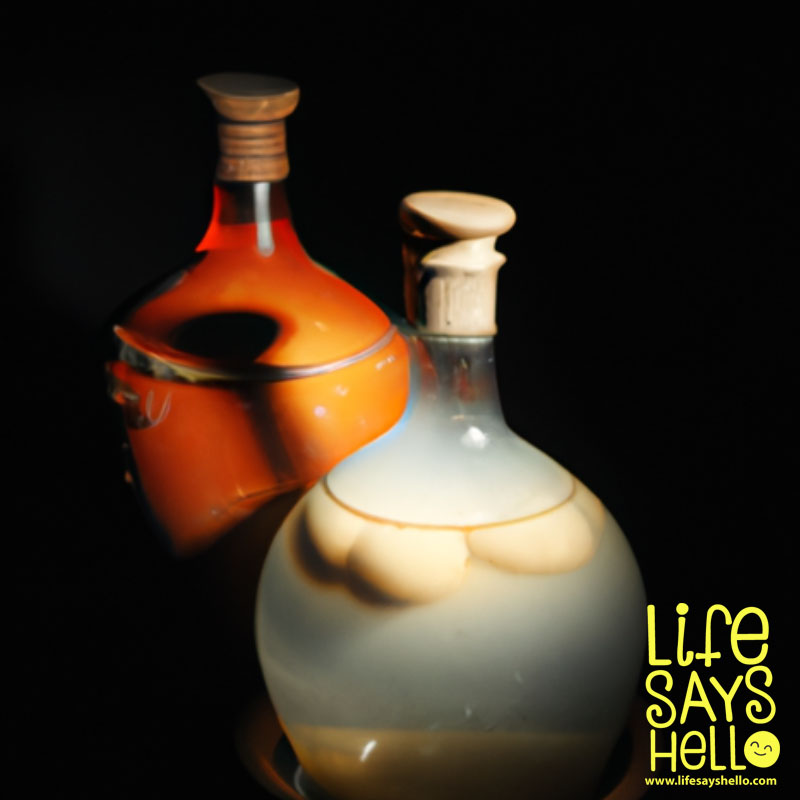
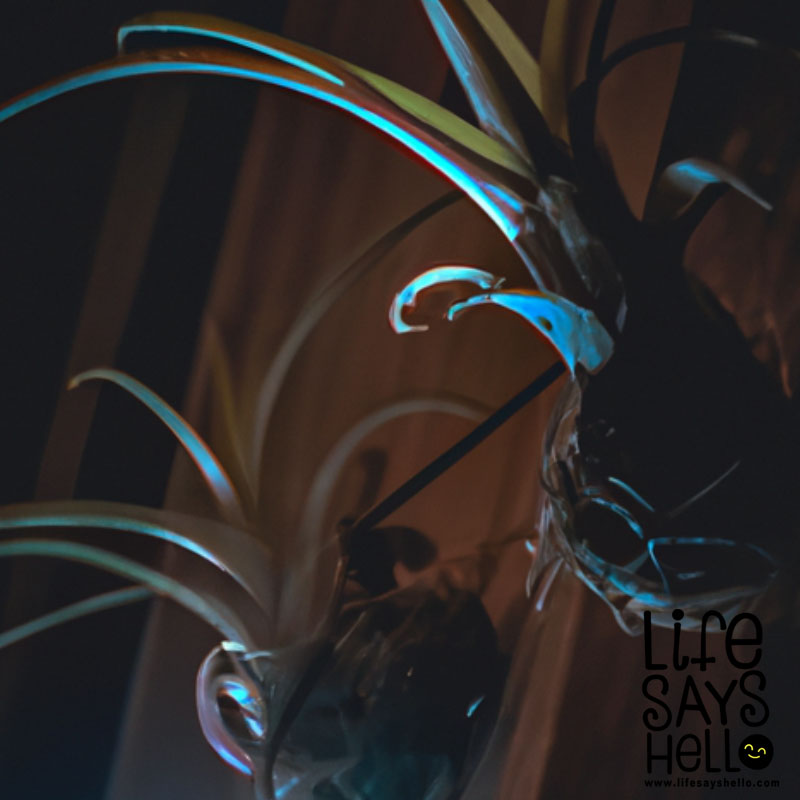
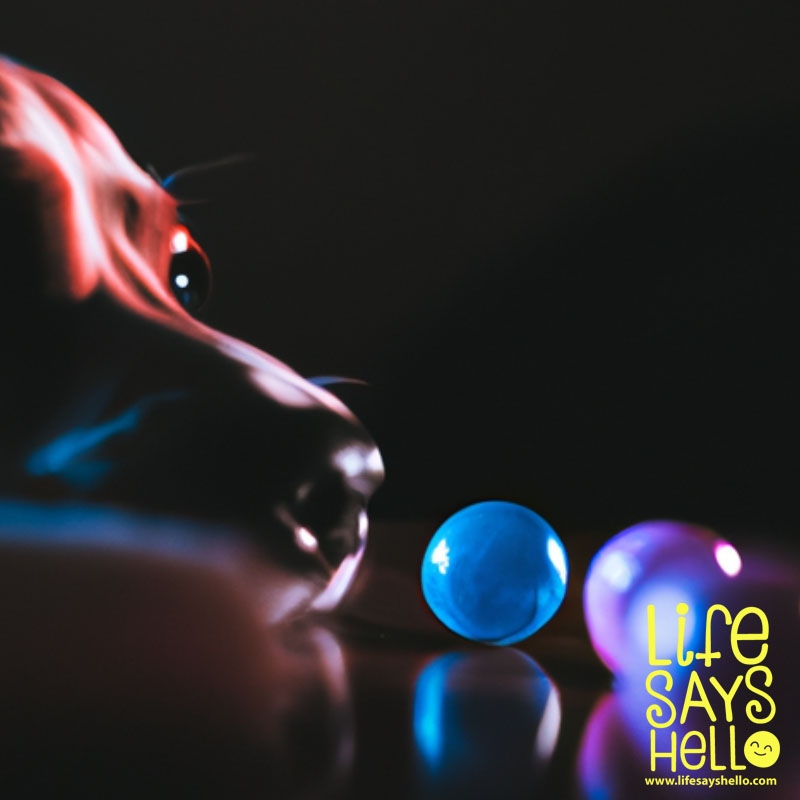
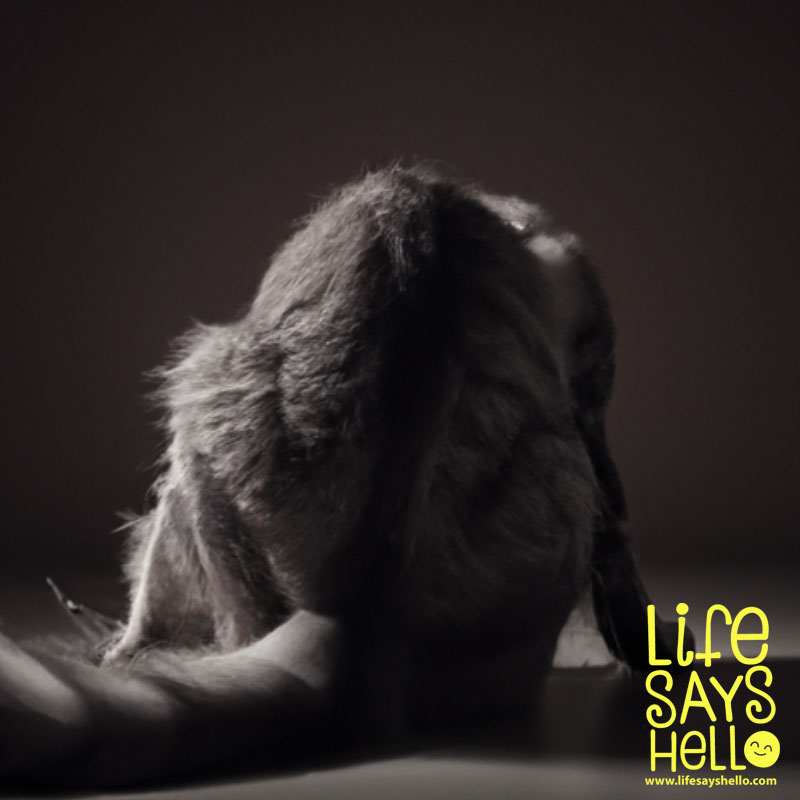
Comments